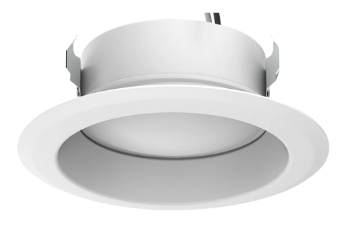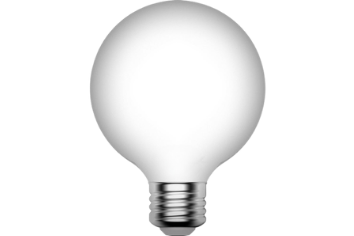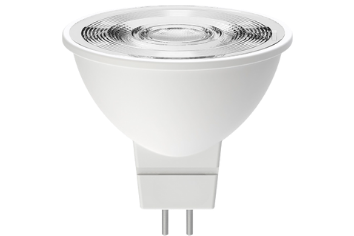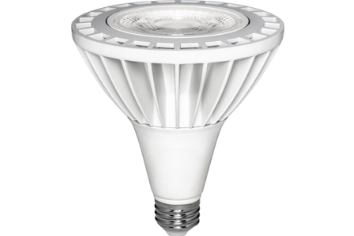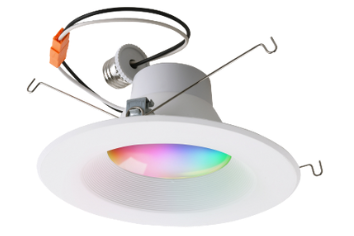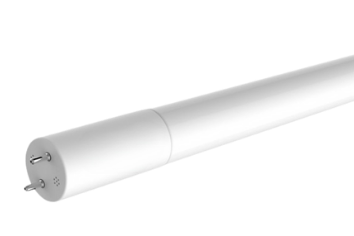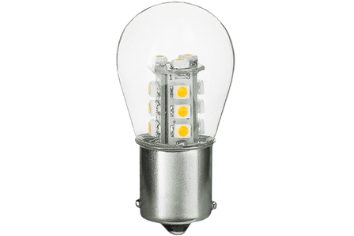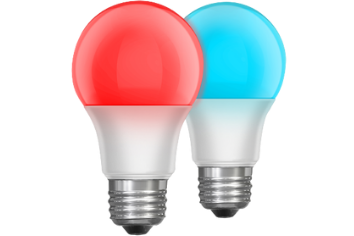Table of Contents
I. Recessed Downlight Product Selection
Recessed lighting fixtures provide the housing to attach different components to the fixture. If you have access to the ceiling, you would typically use new construction cans. If you don't, then remodel cans will fit through the precut hole. We'll discuss the differences in depth later in this post.
When to Use Recessed Downlights
- Adding a significant amount of ambient lighting
- To highlight objects such as centerpieces or a work of art
- To accent a wall
- To hide ceiling fixtures inside a wall
Benefits of Recessed Downlights
- Versatile - Unlimited customizations with Trim and Lamp combinations.
- Multi-Purpose - Recessed downlights can be used in both residential and commercial applications.
- Value - Some recessed housing can cost as low as $5.00 plus compatible LED downlight.
- Abundance of Lighting - Recessed lighting provides a significant amount of ambient lighting.
Housing Selection
The housing (commonly referred to as the can) is the metal container that houses all of the other components. Typically made from aluminum or galvanized steel. Its installed in the ceiling behind the drywall. It is always best to start your search for recessed lighting with the housing. Narrow down your choices based on your safety and installation requirements.
Step 1: Type
Choose the housing type based on your construction method.
New Construction
New Construction Housings are designed for applications where the ceiling and ceiling joists are exposed. This can be in both in remodel and new construction applications.
2 Inch Housing
3 Inch Housing
4 Inch Housing
5 Inch Housing
6 Inch Housing
Remodel
Remodel Housing are installed with minimal construction. The housing slips through a small cutout in the ceiling and clips are used to hold the housing in place. Remodel housings are used when replacing existing system with an LED downlight or adding additional downlights to a finished ceiling.
2 Inch Housing
3 Inch Housing
4 Inch Housing
5 Inch Housing
6 Inch Housing
Retrofits
A retrofit is installed into an existing system which is usually the most economical recessed downlight option. In a retrofit installation, the existing trim and bulb are removed and replaced with a retrofit LED downlight. Make sure to choose an LED downlight with a compatible base and wattage.
Step 2: Safety Rating
Choose your safety ratings (IC, Non-IC and Airtight). All residential and business recessed lights needs to be UL Listed and the state of California requires Title 24 compliancy.
IC Rated vs. Non-IC Rated
National Electric Code (NEC) requires that all housing installations within 3" of insulation or plenum must be IC (insulation contact) Rated. When insulation or plenum space is 3" or more away from the housing then Non-IC is acceptable.

Airtight
An “Airtight” rating on a recessed fixture refers to an energy code first introduced in Washington State which requires recessed fixtures to be manufactured in a way that restricts air leakage (energy loss) through them. Air-tight fixtures prevent energy waste and their overall quality will be better.
Step 3: Size
The most common residential fixture sizes (opening sizes) are 2-inch, 3-inch, 4-inch, 5-inch, and 6-inch.
Step 4: Line Voltage vs. Low Voltage
Energy Codes
If you are pulling a building permit for the installation it is important to note that many states have adopted various energy codes (such as California’s Title 24) that apply in addition to the local building codes. These energy codes restrict the types of light fixtures that you install to ensure that they are energy efficient. Most cities will provide you with a list of the current requirements, but if not it would be a good idea to ask.












